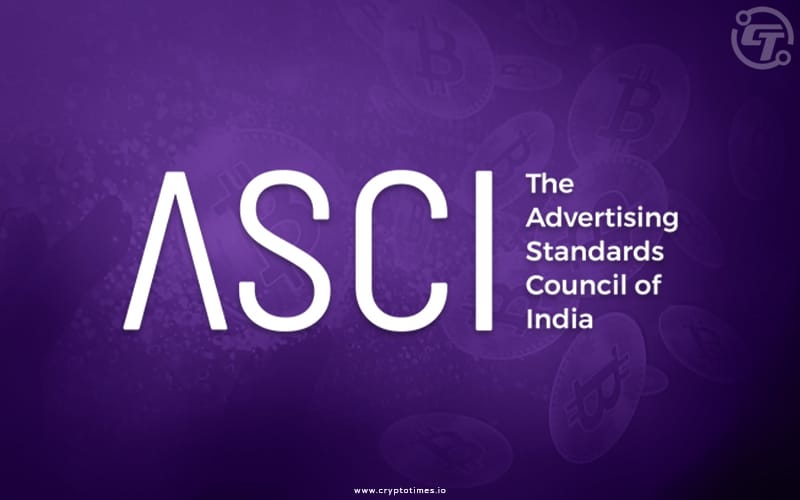The Indian self-regulatory organisation of the advertising industry, Advertising Standards Council of India (ASCI) has circulated guidelines for advertising and promotion of Virtual Digital Assets (VDA) products and services like cryptocurrency and NFTs after extensive consultation with the stakeholders.
They should all carry the disclaimer: “Crypto products and NFTs are unregulated and can be highly risky. There may be no regulatory recourse for any loss from such transactions.”
In Brief:
- The guidelines quote words like “currency”, “custodian,” “depositories” as misleading for usage in ads.
- Information related to profitability must be accurate and that of returns for periods less than 1 year is not to be included.
- Celebrities who are involved in such ads must take extra due diligence.
In order to protect consumer interest, the ASCI has mandated standardised disclosures for crypto ads that have flooded TV screens over the last year promising easy money, convenient trading, fixed returns, and more, and has also clamped down on the use of potentially misleading words such as “currency”, “custodian, “depositories”.
The rules will apply to all advertisements released or published on or after April 1, 2022. Advertisers and media owners must also ensure that no previous advertisements appear in the public domain unless they comply with the guidelines after April 15.
We will try to give you the summary of the 12 points four-page crucial guidelines in a nutshell.
Firstly, some guidelines on how and what information should form part of the promotional activity.
The information contained in advertisements must not be contradictory to the information or warnings provided to customers by the regulated entities. Information given in the ad, on the cost or profitability of VDA products must be clear, accurate, sufficient, and updated.
Also, past performance information shall not be provided in a partial or biassed manner and returns/income generated for periods shorter than 12 months are not to be included.
This is probably a common marketing trick but no advertisement can claim that understanding VDA products is so simple that customers must not hesitate to invest.
VDA products are not to be compared to any other regulated asset class. And should not imply that VDA products or VDA trading are a panacea to money problems, personality issues, or other such drawbacks. This brings us to the obvious one!
No advertisement shall include statements that promise or guarantee future profit increases.
Further, the ad must clearly state the advertiser’s name and provide an easy way to contact them (phone number or email). It should be presented in a way that the average consumer can understand (seems helpful if implied in all types of ads)
Because this is a risky category, celebrities or prominent personalities who appear in VDA ads must take extra precautions to ensure that they have done their due diligence on the claims made in it so that consumers are not misled.
And lastly, no crypto/digital asset ad may depict a minor, or anyone who appears to be minor, directly dealing with or discussing the product.
These were some of the major guidelines by the ASCI for the forthcoming advertisements and promotional activities by the stakeholders of cryptocurrency.
India’s ambiguous position on the legality of cryptocurrency is not surprising in context of the worldview. Countries across the globe are trying to figure out regulations around cryptocurrency. And while the recent budget announcement by the Indian Finance Minister of a flat 30% tax could have hurt sentiments, instead it induced more users in the crypto exchanges that spiked up about 30% sign-ups.






